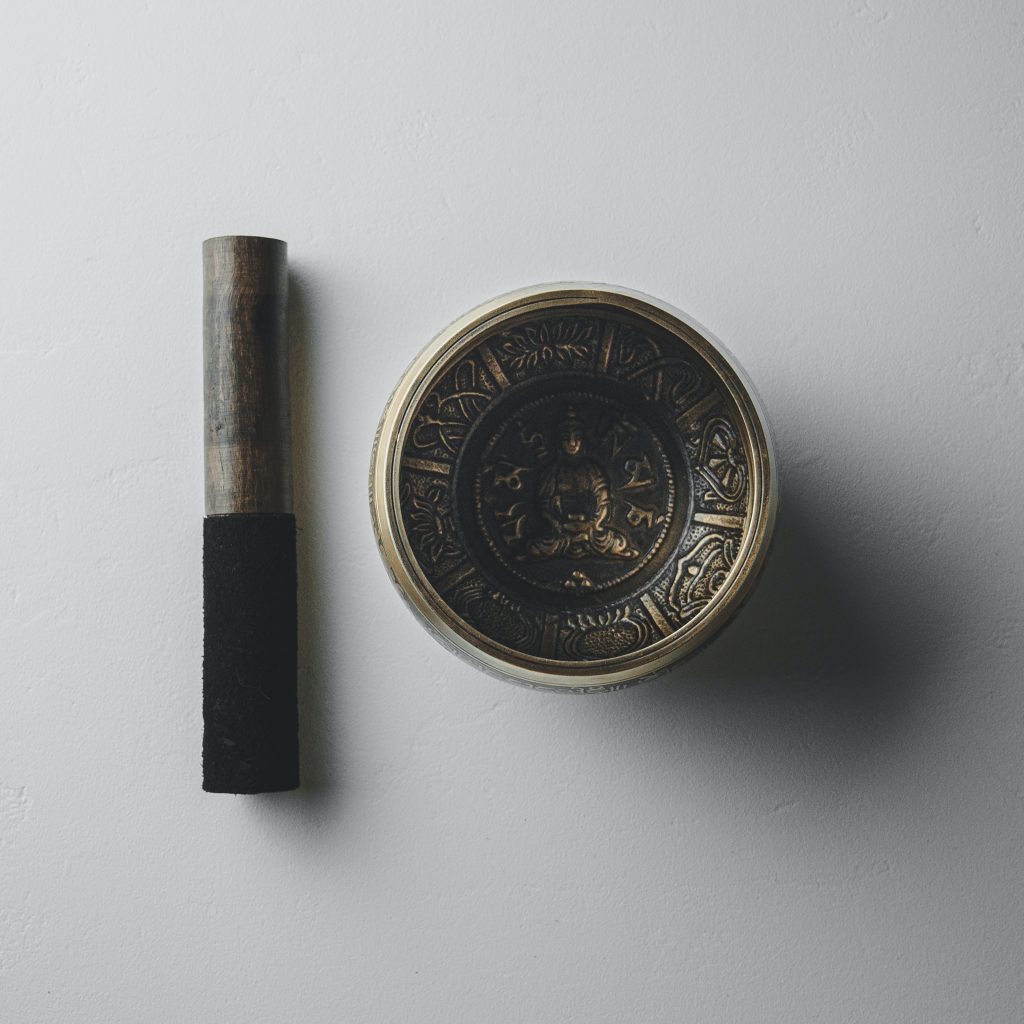The frequency at which one engages in sound healing practices plays a pivotal role in optimizing the benefits derived from this ancient therapeutic modality. While there is no one-size-fits-all answer, understanding the nuances of how often to practice sound healing can guide individuals on a transformative journey toward optimal well-being. For example, for those who want to casually introduce sound healing into their life, the HZP app, which re-tunes music to the solfeggio frequencies, might be a great way to get sound healing benefits passively.

1. Establishing a Foundation: For those new to sound healing, it’s beneficial to establish a foundational routine. Beginning with two to three sessions per week allows individuals to acclimate to the practice and observe its effects on their physical, emotional, and mental states. Consistency in these initial stages fosters familiarity and sets the stage for a deeper connection with the therapeutic sounds.
2. Daily Doses of Sound: As comfort with sound healing deepens, transitioning to a daily practice becomes an inviting option. Daily sessions, even if brief, can provide a steady stream of benefits, fostering a sense of continuity and connection with the healing vibrations. For individuals seeking daily rituals of self-care, incorporating sound healing into morning or evening routines can become a transformative habit.
3. Adapting to Life’s Rhythms: Optimal frequency is also about aligning sound healing practices with the ebb and flow of daily life. During particularly stressful periods or when specific challenges arise, increasing the frequency of sessions may offer targeted support. Conversely, in calmer phases, maintaining a consistent but perhaps less frequent practice ensures sustained well-being.
4. Tailoring to Personal Goals: The optimal frequency of sound healing practices is inherently linked to individual goals. For those seeking profound transformative experiences, more frequent sessions may be desirable. Conversely, individuals incorporating sound healing as a complement to other wellness practices may find that a balanced routine with fewer sessions still yields tangible benefits.
5. Integrating Short and Long Sessions: Balancing the duration of sound healing sessions is as important as their frequency. Integrating shorter sessions (15-30 minutes) into daily life, perhaps during breaks or moments of reflection, can be complemented by longer sessions (60 minutes or more) during dedicated self-care periods. This dynamic approach addresses both the demands of a busy schedule and the desire for deeper, immersive experiences.
6. Listening to the Body’s Wisdom: The body often communicates its needs, and tuning into these signals is crucial. If fatigue or overwhelm arises, it may be a signal to ease the frequency of sound healing practices temporarily. Conversely, moments of heightened stress or emotional tension might call for increased sessions to provide timely support.
7. Continual Exploration and Adaptation: Optimal frequency is not a fixed concept but an evolving exploration. Regularly reassessing one’s needs, goals, and responses to sound healing allows for continual adaptation. Exploring different instruments, frequencies, and techniques also adds variety and depth to the practice, ensuring its relevance and resonance over time.
In essence, finding the optimal frequency for sound healing practices is a personalized journey. By blending consistency with adaptability, aligning with personal goals, and listening attentively to the body’s cues, individuals can cultivate a harmonious rhythm of sound healing that resonates with their unique path to well-being.